In today’s world of high-tech vacuum cleaners and robotic dust busters, the vintage carpet sweeper might seem like a relic of the past. But this humble device played a crucial role in the evolution of household cleaning tools. Far from being just a quaint memory, the carpet sweeper has a rich history, practical usage, and enduring legacy that still resonate today. Let’s take a journey through time to explore the fascinating story of the vintage carpet sweeper and its place in the annals of domestic innovation.
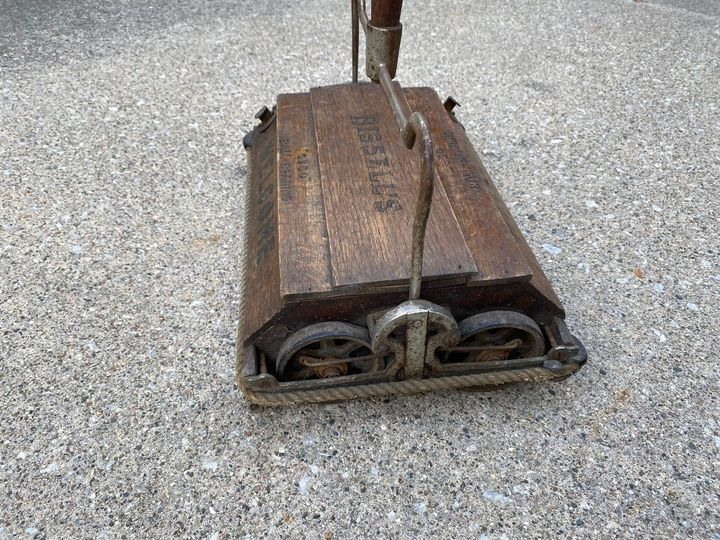
The Origins of the Carpet Sweeper
The origins of the carpet sweeper can be traced back to the mid-19th century, a time when carpets were becoming a staple in middle-class homes. As more households adopted carpets, the need for an efficient cleaning solution became apparent. In 1860, Daniel Hess, an inventive mind from West Union, Iowa, answered this call. He patented the first manual carpet sweeper, a device that combined a rotating brush with a bellows mechanism to create suction. This invention was revolutionary, setting the stage for future developments in carpet cleaning technology.
The Bissell Breakthrough
While Daniel Hess laid the groundwork, it was Melville Bissell who truly transformed the carpet sweeper into a household essential. In 1876, Bissell, frustrated with the chore of cleaning sawdust from his crockery shop, invented a more practical and efficient carpet sweeper. His design featured a simple yet effective system of rotating brushes that swept dirt and debris into a dustpan-like container. This innovation was so successful that it led to the founding of the Bissell Company, which quickly became synonymous with quality cleaning products.
The Practical Appeal of the Carpet Sweeper
The vintage carpet sweeper’s success wasn’t just about innovation; it was also about practicality. Unlike today’s electric vacuum cleaners, the early carpet sweepers required no electricity, making them an ideal solution for households that lacked power. Their lightweight design, portability, and ease of use made them accessible to a wide range of people, regardless of their physical strength or technical knowledge.
The Quiet Operation Advantage
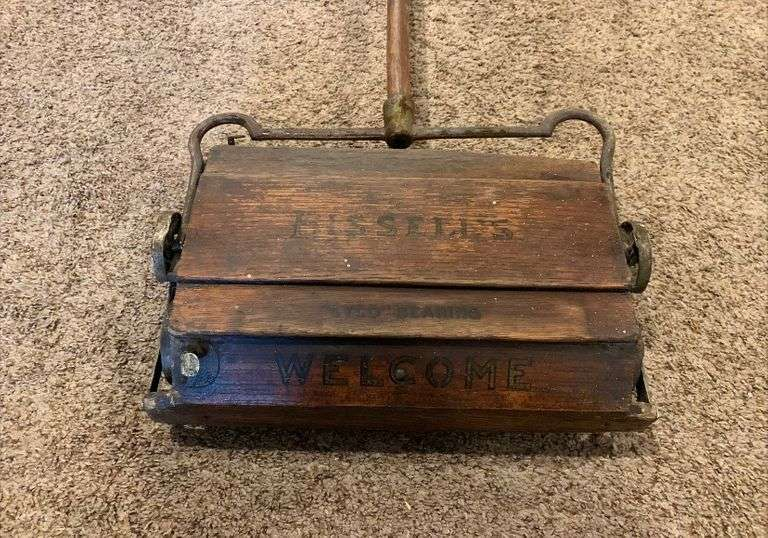
One of the carpet sweeper’s most appealing features was its quiet operation. Unlike the noisy vacuum cleaners that followed, carpet sweepers were virtually silent, making them a popular choice for households where quiet was valued. Whether cleaning in the early morning or late at night, the carpet sweeper allowed for a disturbance-free cleaning experience, making it a favorite in homes with young children or light sleepers.
The Carpet Sweeper’s Lasting Legacy
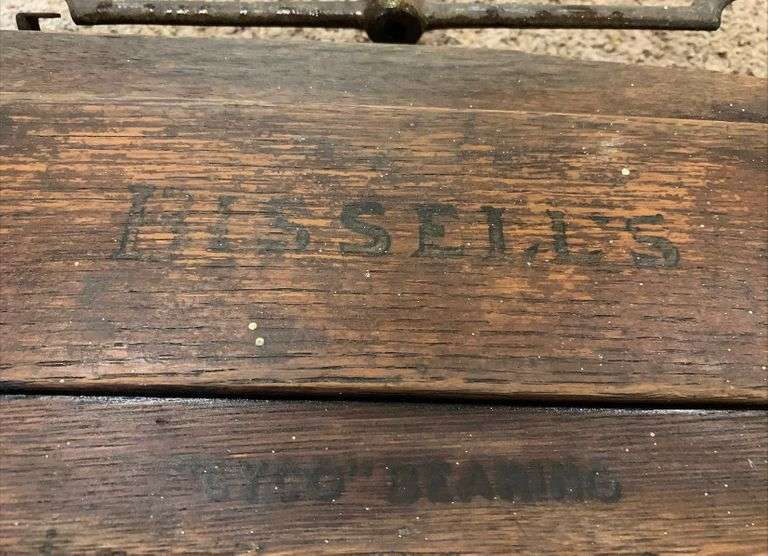
While modern vacuum cleaners have largely replaced the carpet sweeper, its legacy lives on. The principles of mechanical brush systems and debris collection that were pioneered by carpet sweepers informed the design of early vacuum cleaners. In fact, many of the features we take for granted in today’s vacuums—such as rotating brushes and dust collection chambers—have their roots in the vintage carpet sweeper.
The Carpet Sweeper’s Resurgence
In recent years, the carpet sweeper has experienced a resurgence in popularity, particularly among vintage enthusiasts and those seeking sustainable alternatives to modern cleaning appliances. As society becomes more conscious of environmental impact and energy consumption, the manual carpet sweeper is being rediscovered as an eco-friendly cleaning option. Its efficient design, ease of use, and lack of reliance on electricity make it an attractive choice for those looking to reduce their carbon footprint.
The Enduring Appeal of the Vintage Carpet Sweeper
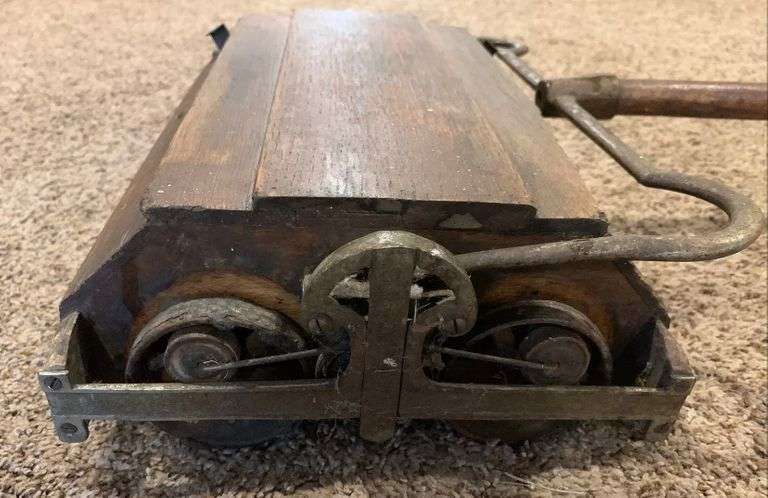
The vintage carpet sweeper is more than just an antiquated cleaning tool; it represents a time when simplicity and functionality were paramount. Its history is a testament to human ingenuity and the desire to simplify daily tasks. Whether used as a functional cleaning device or cherished as a nostalgic relic, the carpet sweeper continues to hold a special place in the hearts of those who appreciate timeless tools that stand the test of time.
Caring for Vintage Carpet Sweepers
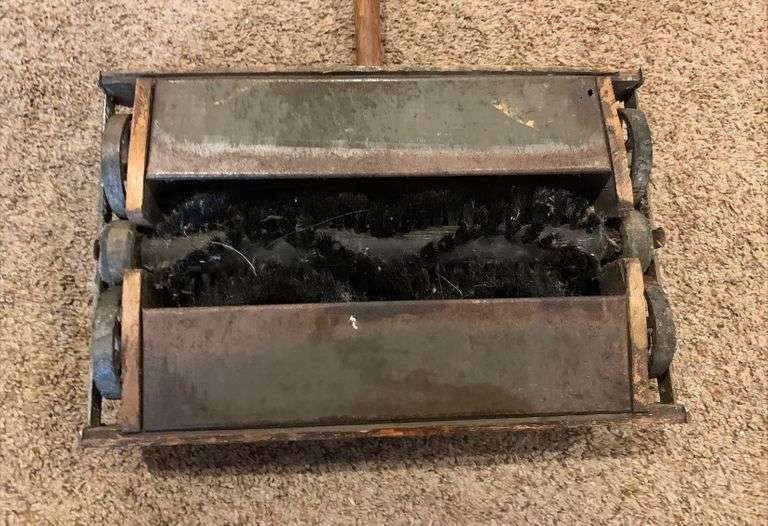
For collectors, the vintage carpet sweeper offers a fascinating glimpse into the past. These devices, often made with beautiful craftsmanship, are now considered valuable antiques. Whether displayed in a collection or used as a functional piece of history, the vintage carpet sweeper remains a symbol of a bygone era of household innovation. Proper care and maintenance are essential to preserving the functionality and appearance of these prized possessions.
The Timeless Appeal of Simplicity
In a world dominated by ever-advancing technology, there’s something refreshing about the simplicity of the vintage carpet sweeper. It reminds us that sometimes, the best solutions are the simplest ones. The carpet sweeper’s enduring popularity among vintage enthusiasts and eco-conscious consumers is a testament to its timeless appeal.
The Modern Carpet Sweeper: Blending Old and New
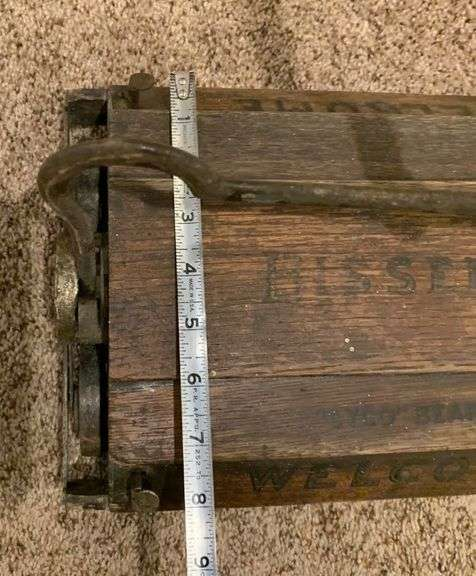
While vintage carpet sweepers are prized for their historical value, modern versions of these tools are still being produced today. These contemporary carpet sweepers retain the basic design principles of their predecessors but often incorporate modern materials and features that enhance their durability and ease of use. Whether you’re a fan of vintage design or simply looking for a practical, eco-friendly cleaning tool, the modern carpet sweeper offers a perfect blend of old and new.
Conclusion
The vintage carpet sweeper is more than just a relic of the past—it’s a symbol of innovation, simplicity, and the enduring power of practical design. Its history reflects the evolution of household technology, while its continued use and popularity demonstrate that some tools never go out of style. Whether you’re drawn to the carpet sweeper for its historical significance, its eco-friendly appeal, or its functional design, there’s no denying the impact this humble device has had on the world of cleaning.


